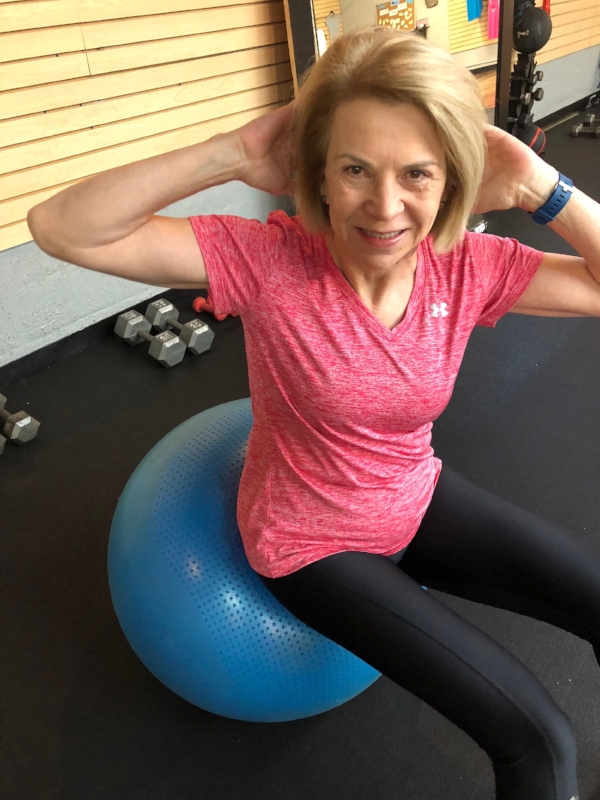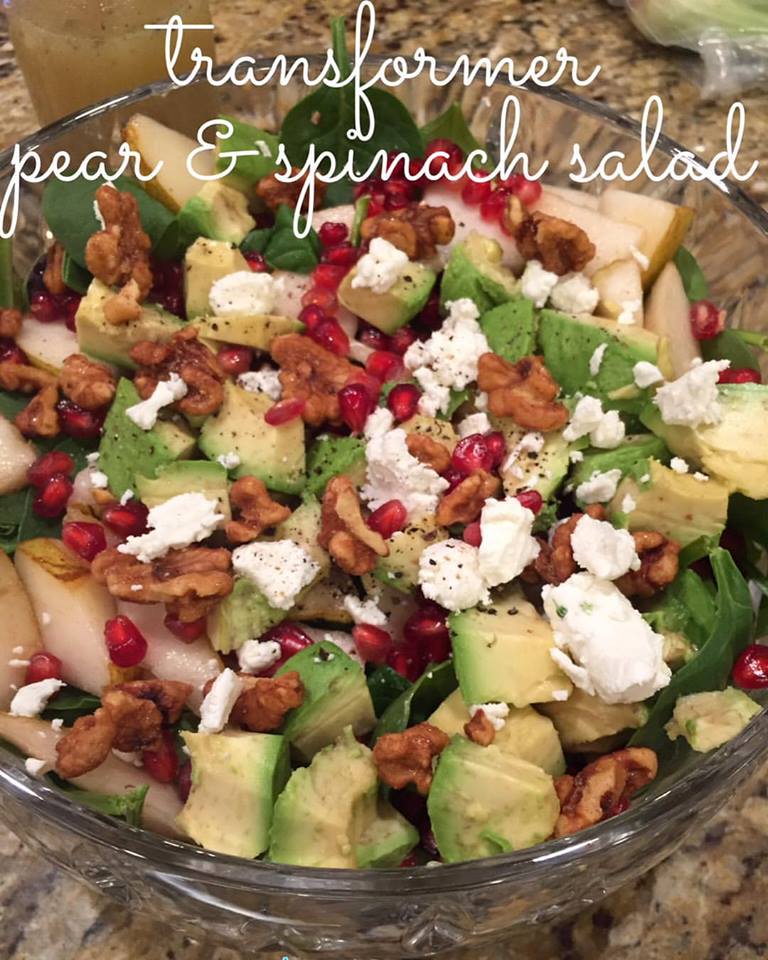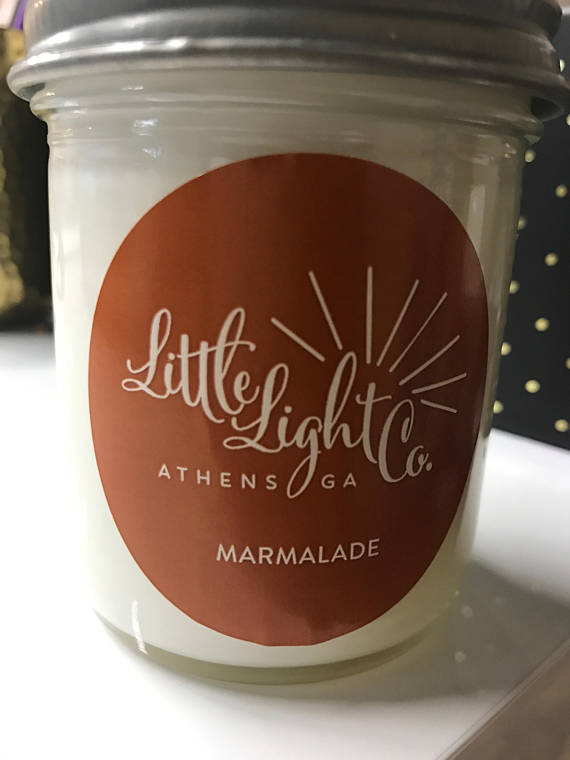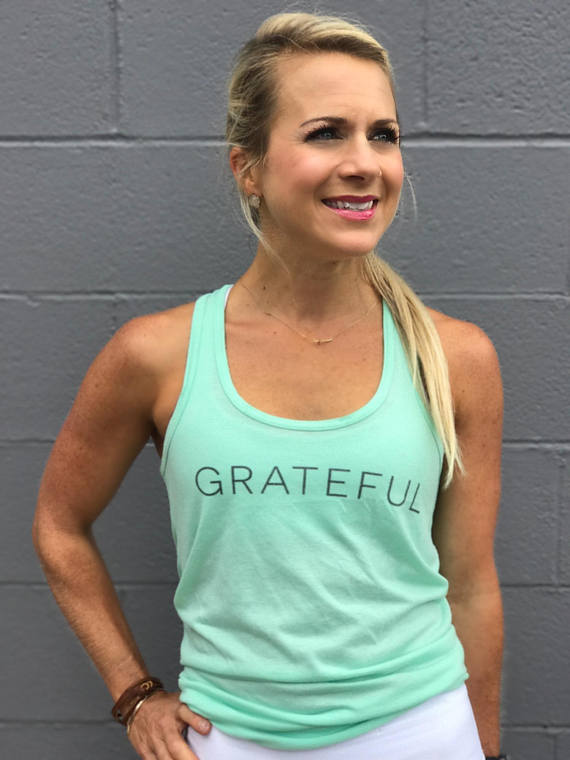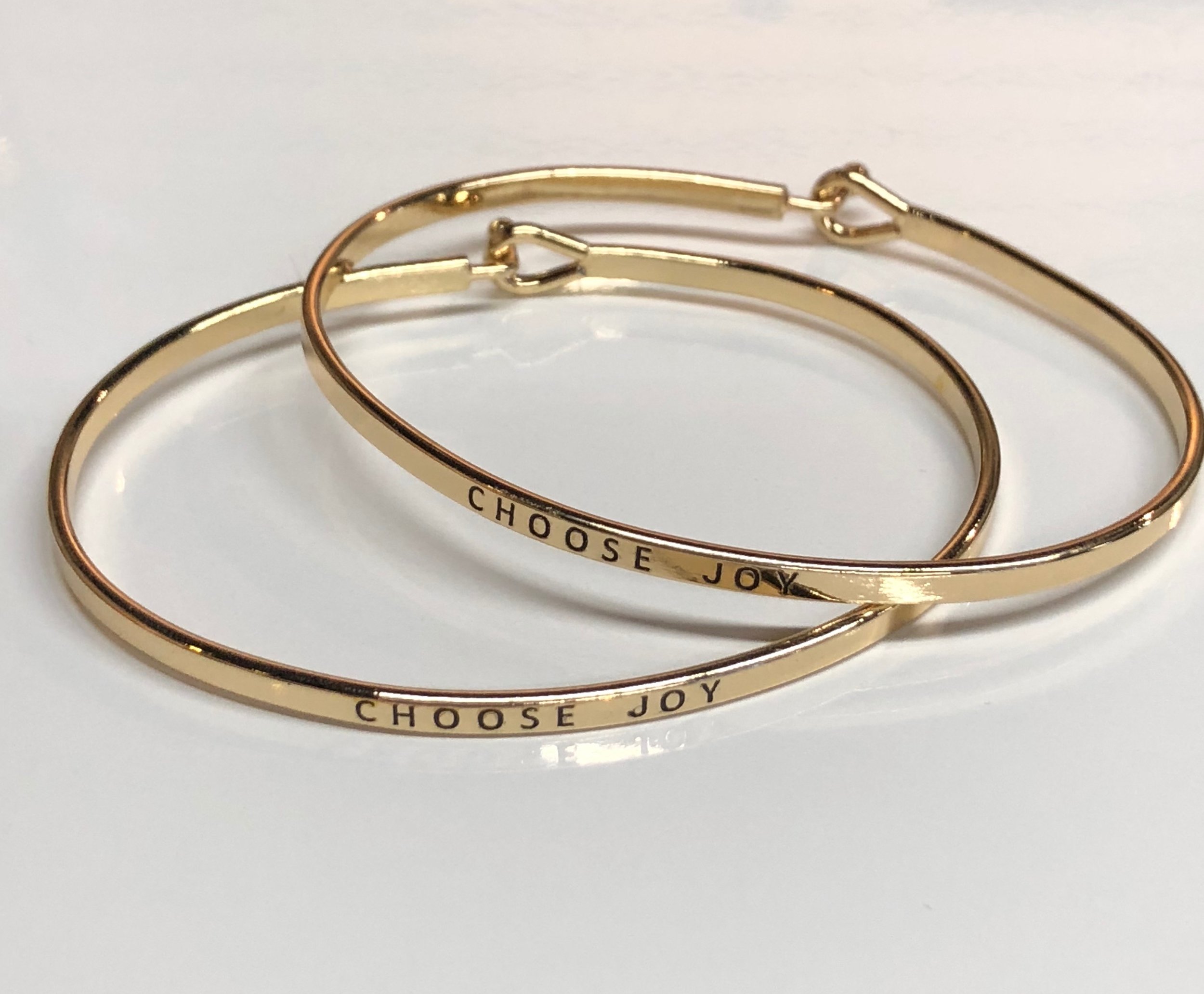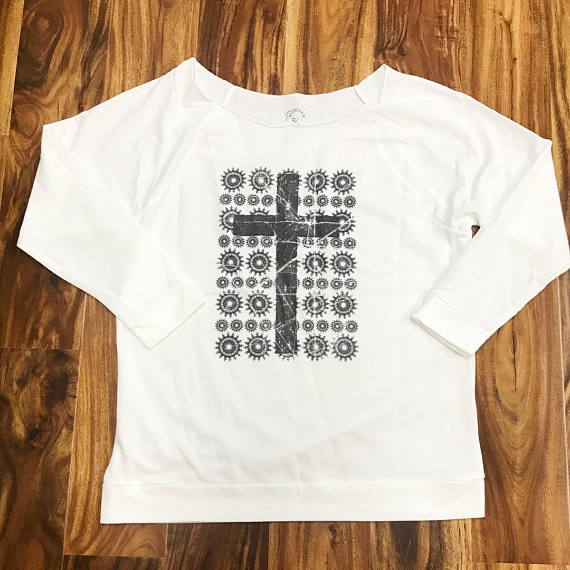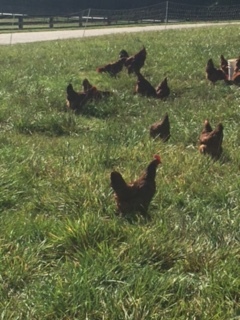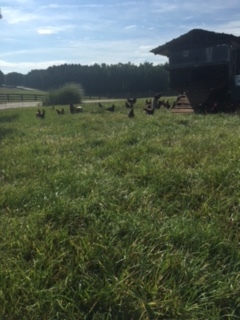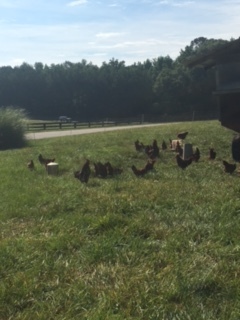Did you know strength training plays a massive role in increasing glute strength? Did you know strength training plays a massive role in increasing glute strength? The gluteal complex is the powerhouse of your body. It also happens to be the biggest and strongest muscle in the body-- at least, it should be. All women need strong glutes. Because, whether you realize it or not, your glutes do so much for you every single day. Need to extend or laterally rotate your hip? What about tilting your pelvis or sitting on the toilet? With every step you take, your glutes are working to stabilize your hips and lower back.
5 Reasons Why Glute Strength Should Be at the Forefront of Your Training Program:
1. Prevent Injuries
If you're trying to get in shape or stay in shape, you likely know that one of the easiest ways to delay your progress is to get injured. You can avoid and recover from injury in your lower back, hips, knees, and ankles by creating proper alignment and stability by having strong, functional gluteal and hip muscles. People with weaker glutes might have "dynamic valgus" at the knee, when the knee caves towards your other leg as you go down into a squat, particularly in single-leg movement patterns (including walking and running). Dynamic valgus is an excellent indicator of whether someone is at risk of injury. The pelvis drops at the hip towards the opposite side when the knee caves in. The femur (thigh bone) rotates inward, a typical dysfunctional pattern that can lead to injuries from your lower back to your feet and ankles. The good news is that you can improve and prevent valgus by strengthening your glutes and surrounding hip muscles and reducing your chance of injury.
2. Improve Athletic Performance
Have you ever seen a powerful athlete with a flat butt? No. When you think of the fundamental movement patterns in sports, you likely think of running, jumping, locomotion, swinging, driving through the legs and hips, twisting through the hips, and/or quick changes in direction. What do all of these patterns have in common? There is a need for power and stability in the glutes and hips! Studies show that athletes who focus on developing strength and power in their glutes, hips, and posterior chains perform better.
3. Improve Your Posture
When your glutes, hips, and core are strong and stable, you can avoid common dysfunctional movement patterns that cause pain, like dynamic valgus and lower cross syndrome. When your lower body and pelvis align, this will also help keep your shoulders, neck, and back aligned (AKA, good posture). Let's take knee valgus, for example. When your hips shift, your spine and shoulders will also shift. Misalignment can cause many issues, including painful, tight, or achy muscles and joints extending even into your upper back and neck. When you are out of alignment, it's often because some muscles have become shortened and some have become weak. For example, modern-day desk jobs have contributed to postural imbalances. Sitting at a desk all day can lead to weak or "sleepy" glutes, shortened hip flexors, and weak upper back muscles. Low back pain can mean your glutes are not properly engaging.
4. Balance and Support
Improved glute strength means improved balance and improved quality of life as we age. It is so important as we get older to ensure we have strength in our lower body. We don't want to say, "I've fallen and I can't get up!"
5. Aesthetically Pleasing
This one is a given and is the primary reason people decide to start working on their glutes (but definitely not the most important one.) In any case, it's a valid goal, and if chasing a good-looking backside gets you to work on your glute strength, we encourage you to go for it!
Common Mistakes With Glute Training
Maybe you already know about most of these factors in strong glutes, and you actively train your glutes a few times a week. You can’t seem to “turn your glutes” on during training sessions. Maybe you feel all the glute dominant exercises in your quad and lower back.
Keep your core engaged, chin down, and pelvis tucked to prevent this. While you may not be able to extend your hips as high, this should help you feel the exercises in your glutes. The root of this issue could also be a weak core. Without the ability to keep your core engaged, stability in the trunk will be compromised, and you will likely have difficulty activating your glutes.
The Three Muscles Are:
What Is the Functions of the Glutes?
We've established that the glutes are the largest muscle in the body, but what does all that muscle do?
Extends and rotates the hip
It provides stability around the hip
Aids in standing up, climbing stairs, and maintaining an upright posture
How to Train for Strong Glutes:
The truth is that you need to train every function of your gluteal complex. You must train in hip extension, abduction, external rotation, and single-leg balance and stability. Because your glutes contain fast and slow twitch fibers, you should train them in high and low rep ranges, slow and fast tempos, and isometric holds. Here are 7 of the best glute exercises to strengthen your glutes that should be part of any glute training program if strength, power, stability, and size are your goals!
Glute Bridges
Goblet Squat
Suitcase
Split Squat
Deadlift
Reverse Lunges
Elevated Heel Squats
